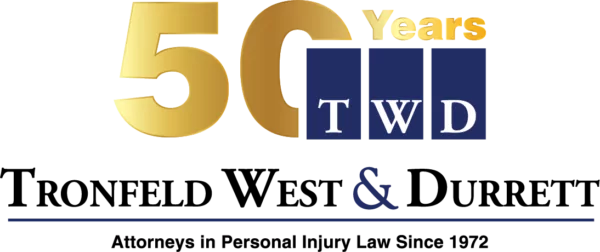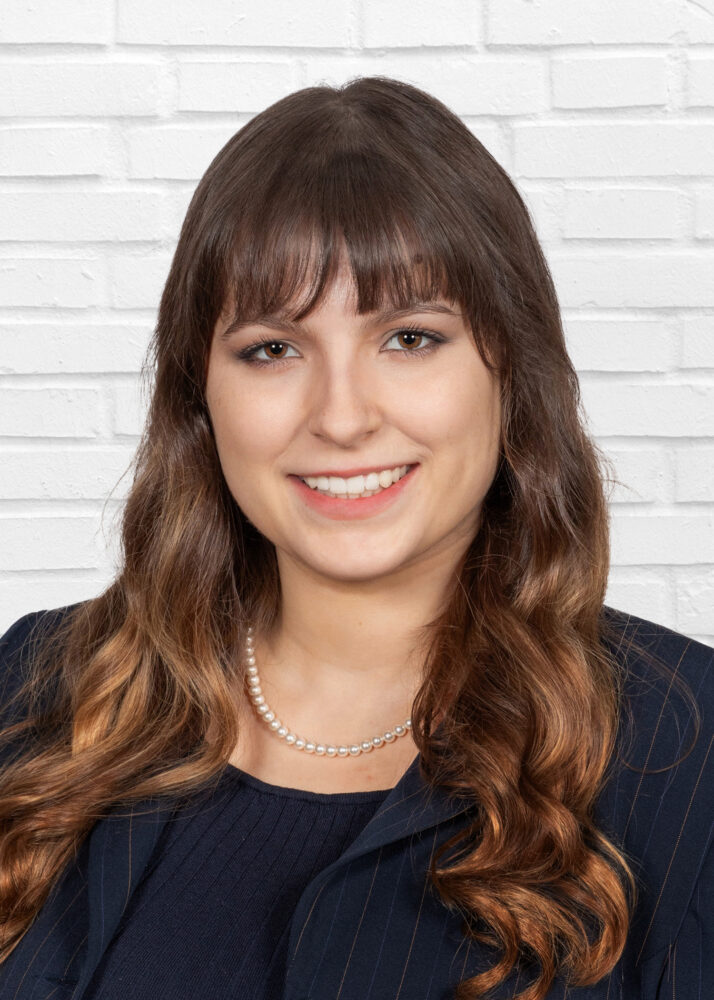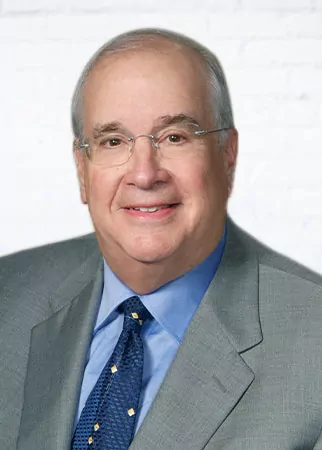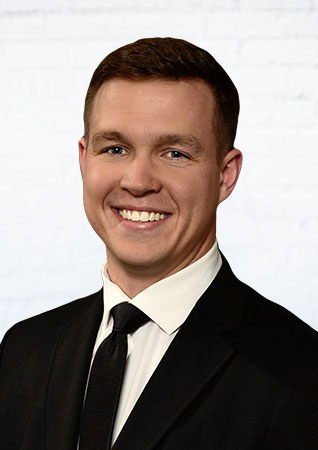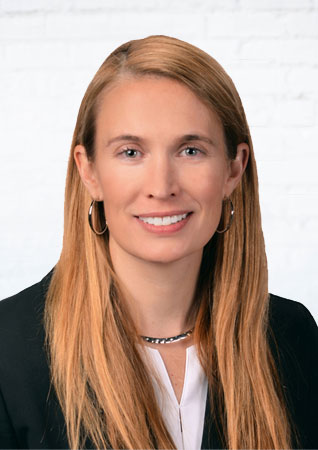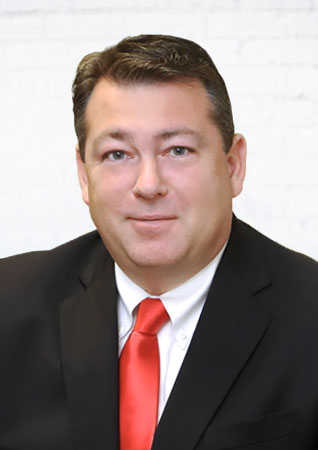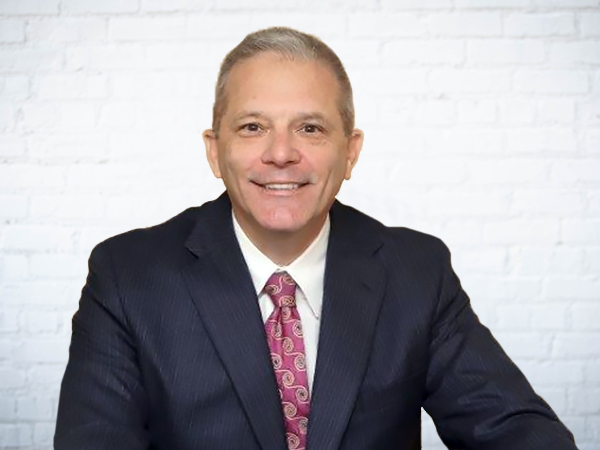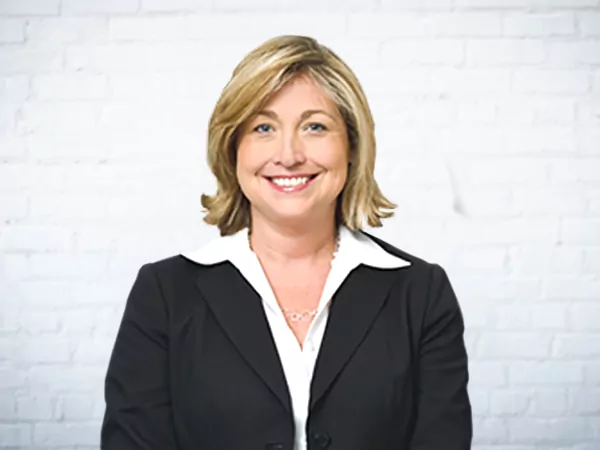Your Legal Rights After a Slip and Fall Accident
As a slip and fall accident victim in Virginia, you are entitled to certain legal rights under state premises liability laws.
The Right to a Safe Premises
Property owners and businesses have a legal duty to maintain reasonably safe conditions for visitors. This includes addressing hazards such as wet floors, broken handrails, uneven sidewalks, and inadequate lighting.
The Right to Seek Compensation for Negligence
If a property owner knew or should have known about a hazard and failed to correct it, you have the right to file a personal injury claim against them.
The Right to File a Lawsuit Within the Legal Deadline
Under Virginia Code § 8.01-243, you have two years from the date of the accident to file a lawsuit for damages. Missing this deadline typically results in losing the right to seek compensation.
The Right to Recover Economic and Non-Economic Damages
Slip and fall victims can recover medical expenses, lost wages, pain and suffering, and other damages if they can prove the property owner’s negligence directly caused their injury.
The Right to Challenge Insurance Denials and Low Settlement Offers
Insurance companies often try to minimize payouts or deny claims by blaming the victim. You have the right to negotiate for a fair settlement or take legal action if the insurer refuses to offer reasonable compensation.
The Right to Legal Representation
You are not required to handle a claim alone. A premises liability lawyer can protect your rights, gather evidence, and negotiate for full and fair compensation on your behalf.
For answers to your questions about a slip and fall in Richmond, call:800-321-6741
Settlement Versus Litigation in Premises Liability Claims
Most slip and fall cases settle before trial, especially when liability is clear. Settlements offer faster resolution, lower legal costs, and guaranteed compensation. However, insurance companies often offer low settlements to minimize payouts.
Litigation becomes necessary when the property owner denies responsibility, the insurance company refuses a fair settlement, or the case involves severe injuries. While trials take longer, they often lead to higher compensation. A Richmond slip and fall lawyer at our firm can assess whether settlement or trial is best for your case.
Compensation Available in a Slip and Fall Case
The financial impact of a slip and fall injury can be significant. Compensation depends on the severity of injuries and financial losses.
- Medical expenses: Covers emergency care, hospital stays, rehabilitation, and future treatment
- Lost wages and reduced earning capacity: Compensation for time missed from work and long-term disability
- Pain and suffering: Physical pain, emotional distress, and reduced quality of life
- Property damage: Covers broken items like phones or glasses
- Punitive damages: Awarded in cases of gross negligence
Since insurance companies may try to blame the victim, strong evidence is essential for securing fair compensation. A personal injury attorney can help you maximize your recovery.
Click to contact us today
Key Factors in a Slip and Fall Claim
Several factors influence the outcome of a slip and fall case, including the severity of the injury, the cause of the accident, and whether the property owner had prior notice of the hazard.
- Severity of the injury: More serious injuries typically result in higher compensation
- Cause of the accident: Common hazards include wet floors, poor lighting, and broken staircases
- Property owner’s knowledge: Owners are liable if they knew or should have known about the hazard
- Contributory negligence: If the victim is even slightly at fault, they may be unable to recover compensation
- Evidence to support the claim: Surveillance footage, photographs, witness statements, and medical records strengthen a case
Because insurance companies aggressively defend these claims, working with a Richmond slip and fall lawyer is crucial to proving liability and securing fair compensation. If you’ve been injured in a slip and fall accident, our attorneys at Tronfeld, West & Durrett can help you fight for the compensation you deserve.
Complete a Free Case Evaluation form now
Premise Liability Attorneys in Richmond, Virginia
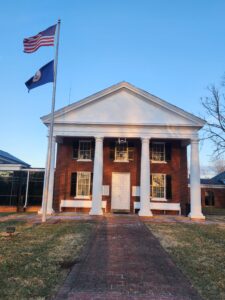
According to the National Floor Safety Institute, slip and falls represent the primary cause of lost days from work, and are the leading cause of workers’ compensation claims, meaning a significant amount of slip and falls occur in the workplace. That being said, individuals also fall in public places on a regular basis, due to a variety of hazards. The Consumer Product Safety Commission has determined that floors and flooring materials are a direct contributor to at least two million slip and fall injuries annually.
A slip and fall injury, also referred to as a trip and fall, is a type of premises liability claim. This personal injury claim arises when an individual slips or trips on someone else’s property and sustains an injury as a result.
Slip and falls are particularly dangerous for the elderly; one out of every three people over the age of 65 will experience a slip and fall with nearly 1.8 million people over the age of 65 being treated in the ER each year as the result of a slip and fall. Anyone can fall, however, no matter their age. Slip and falls on private or public property or at a place of business are often caused by the owner’s failure to adequately maintain the premises. Dangers in these areas can be caused by:
- Poor lighting;
- Liquid spills;
- Broken or uneven stair treads;
- Broken or missing handrails on stairs;
- Icy or wet walkways;
- Obstructions in pathways;
- Uneven flooring;
- Torn carpeting;
- Greasy or oily floors or parking lots;
- Debris-strewn floors;
- Open manholes with no barricades;
- Unsafe construction sites;
- Obstructed view, or
- Poorly marked or maintained detours.
How Is Liability Proven in a Slip and Fall?
In every slip and fall case—as well as in every personal injury case—there will be liability and there will be damages (and you cannot have one without the other). To hold another person or entity responsible for injuries suffered in a slip and fall accident, you must be able to show that: the property owner or their employee either recognized a dangerous condition or should have recognized the condition and did nothing to remove or repair the potential danger or that the property owner or employee actually caused the dangerous condition. Contact a Richmond slip and fall lawyer to prove the property owner’s liability and secure the compensation you deserve.
If the question is whether the property owner or employee recognized or should have recognized the danger, the question is two-part: whether a reasonable person would have identified the condition as hazardous and whether the person had sufficient time to remedy the situation prior to the accident. The question then hinges on the term “reasonable.” In this context, “reasonable” generally defines whether the owner or employees made regular and thorough efforts to keep the property safe and clean.
As an example, if a person tripped over a torn area of carpet, had the torn area been there long enough that the owner or employees should have seen it and remedied the situation? If the owner or employees knew about the torn carpet, should they reasonably have cordoned off the area or placed a warning sign until the torn carpet could be repaired? The “reasonable” person theory can work against the plaintiff as well. Would a careful person have reasonably seen the torn carpet and avoided it? Was the person who experienced the slip and fall distracted or fooling around in a manner that would make a slip and fall more likely?
Pure Contributory Negligence Rule in Virginia
While negligence laws vary from state to state, Virginia’s negligence laws are relatively harsh in that if an injured person is found to have contributed to the accident or injury in some way, there is no case. Some states follow comparative negligence laws which reduce the amount of settlement by the percent of fault assigned to the plaintiff (if the plaintiff is found to be 25 percent responsible for the accident, then the final settlement will be reduced by 25 percent), however in Virginia, the defendant must be 100 percent at fault.
Virginia Statute of Limitations in Slip and Fault Claims
Those who suffer a slip and fall in the state of Virginia must be aware of the statutes of limitations regarding a slip and fall claim. The statutes of limitations govern the amount of time a person has to file a specific type of claim or lawsuit and vary from state to state. If an injured person fails to settle their claim or file a lawsuit within the time frame mandated by the statute of limitations, their claim will be forever barred, and they will lose the right to recover damages for their injury.
In the state of Virginia, the general statute of limitations for personal injury claims is two years. This means that you only have 2 years from the date of injury to file a lawsuit. There are some exceptions such as when the injury happens to a child.
Being aware of the appropriate statute of limitations for a claim is extremely important. Failure to settle the claim or file a lawsuit within the required timeframe will mean the claim is legally barred and will make it impossible for the injured party to go forward with their slip and fall claim. This makes it incredibly important that you speak with a Richmond slip and fall accident lawyer soon after your injury or accident so that you are informed of the deadlines and requirements under Virginia law.
What to Do Following a Slip and Fall in Virginia
To ensure you receive the compensation you are entitled to following your Virginia slip and fall accident, make sure you do the following:
- First, always seek medical attention. This is important to determine the extent of your injuries and receive proper treatment for those injuries. In some cases, you may not realize the extent of your injuries until days later, however, a medical professional will know what to look for to identify those injuries quickly.
- If you are physically able, take photographs of the floor area where you fell, as well as the surrounding areas.
- If there were witnesses to your slip and fall, take the time to get the witnesses’ contact information—it could be invaluable later on.
- Make an official report of your slip and fall with the store or other public entity.
- Keep a carefully written account of every detail associated with your slip and fall accident.
- Contact an experienced Richmond slip and fall attorney as quickly as possible after your accident.
Establishing Negligence
When it comes to slip-and-fall accidents, the cornerstone of a legal claim is establishing negligence. This process is meticulous and requires a thorough examination of the circumstances surrounding the incident. To establish negligence, it is imperative to demonstrate that the property owner or manager failed to maintain a safe environment, leading to the accident. This involves proving that the responsible party either knew or should have reasonably known about the hazardous condition and did not take appropriate actions to rectify it. Contact a Virginia slip-and-fall lawyer to effectively establish negligence and secure the compensation you deserve.
The legal process to establish negligence hinges on collecting concrete evidence, such as photographs of the scene, witness statements, and maintenance records. To create a robust case in your favor, it is vital to gather compelling evidence that vividly illustrates the negligence responsible for the injury, thereby cementing the foundation of the claim.
However, it’s often hard to determine which parties are actually responsible for your injuries, as many factors, individuals, and companies may be related to the accident.
Possible Liable Parties After a Slip and Fall Accident
Identifying the liable parties is a complex process that varies depending on the type of accident. Our approach is to consider several parties that might be at fault, each associated with different common scenarios of slip and fall injuries. These parties may include:
- Property owners: In cases where the accident occurs due to poorly maintained property, the owner can be held liable for negligence.
- Business entities: For incidents in commercial spaces like shopping malls or stores, the business operating in that space might be responsible.
- Local government: If the slip and fall occurs on public sidewalks or municipal properties due to negligence in maintenance, the local government could be accountable.
- Employers: In workplace slip and fall accidents, the employer might be liable, especially if it involves a violation of safety protocols. It is mandatory for employers to prioritize the safety of their employees and take necessary measures to prevent such accidents from occurring.
- Cleaning companies: If the accident is caused by improper cleaning or failure to warn about wet floors, the cleaning service company might be held responsible.
- Landlords: In residential buildings, landlords can be liable if the accident is due to unaddressed maintenance issues.
- Construction companies: For accidents occurring in or around construction sites, the construction company might be responsible, particularly if it involves safety regulation breaches.
Each of these parties plays a pivotal role in maintaining safety standards, and their failure to do so can lead to severe consequences. Identifying the right party or parties is crucial in pursuing a slip and fall claim effectively, ensuring that justice is served, and the injured party receives the compensation they deserve. It’s our goal to find the guilty, fairly calculate all your damages, and negotiate compensation that fully covers all the extent of your damages and injuries.
There’s no fixed amount of compensation for injuries resulting from a slip, trip, or fall. This is because the compensation largely depends on how the injury has affected your life. Two individuals can sustain the same injury but experience different levels of impact on their daily activities, work, and overall quality of life.
Getting Help from a Richmond Slip and Fall Attorney
If you have been hurt in a slip and fall accident, the sooner you obtain qualified legal representation, the better your final outlook will be. The Richmond slip and fall lawyers at Tronfeld West & Durrett have helped many people who have found themselves in the same situation. We understand what a difficult time this could be for you—you may be injured, unable to work, and facing an increasing level of medical expenses plus your regular monthly bills. We have offices conveniently located in your neighborhood, whether you are in Richmond, Petersburg, Chesterfield or Mechanicsville. We want to help and will spend time discussing your specific circumstances, and determining how to proceed. Contact a Tronfeld West & Durrett attorney today!
Richmond Office
4020 West Broad St
Richmond, VA 23230
Phone: 804.358.6741
Toll Free: 800.321.6741
Call or text 800-321-6741 or complete a Free Case Evaluation form
